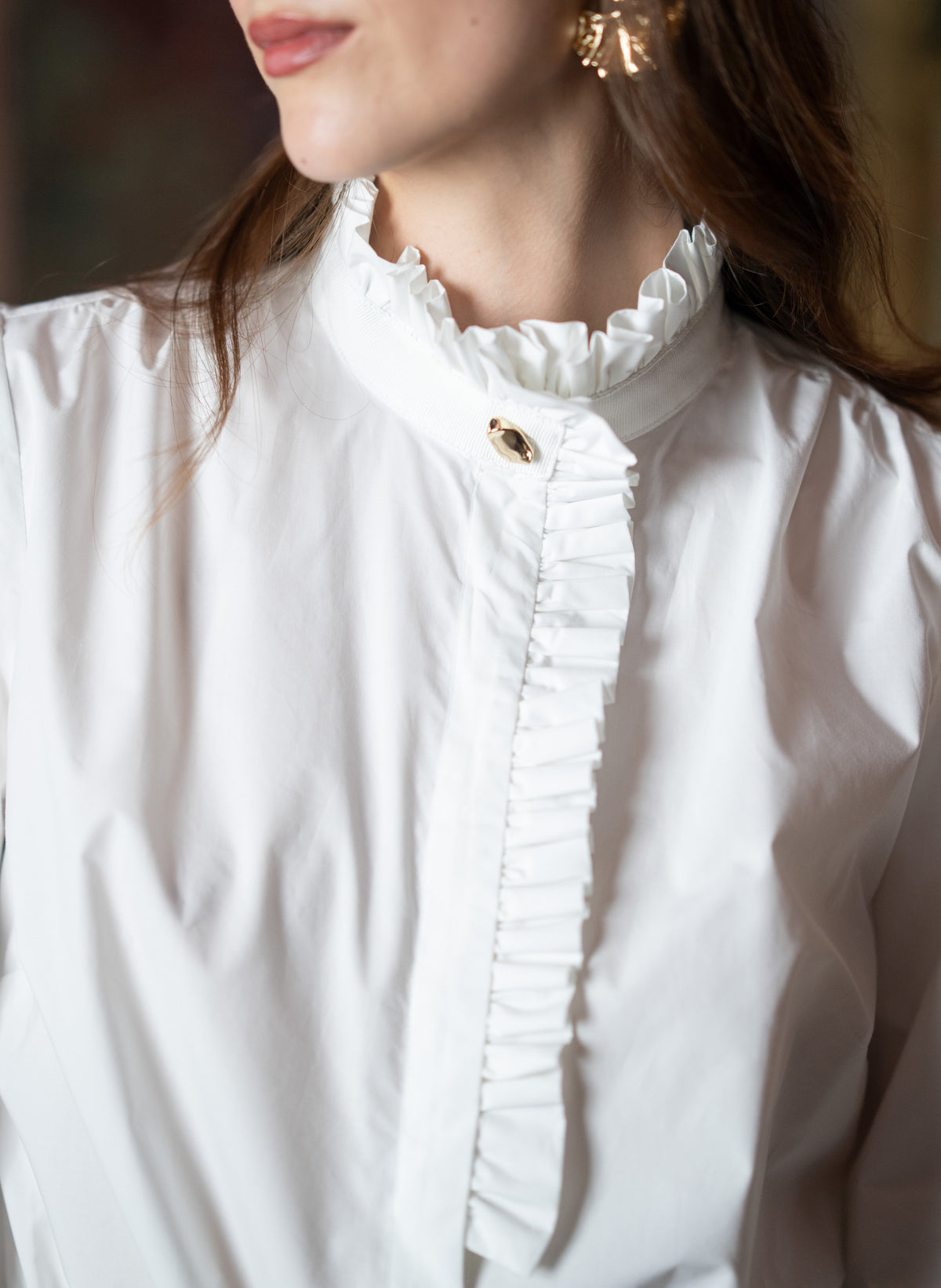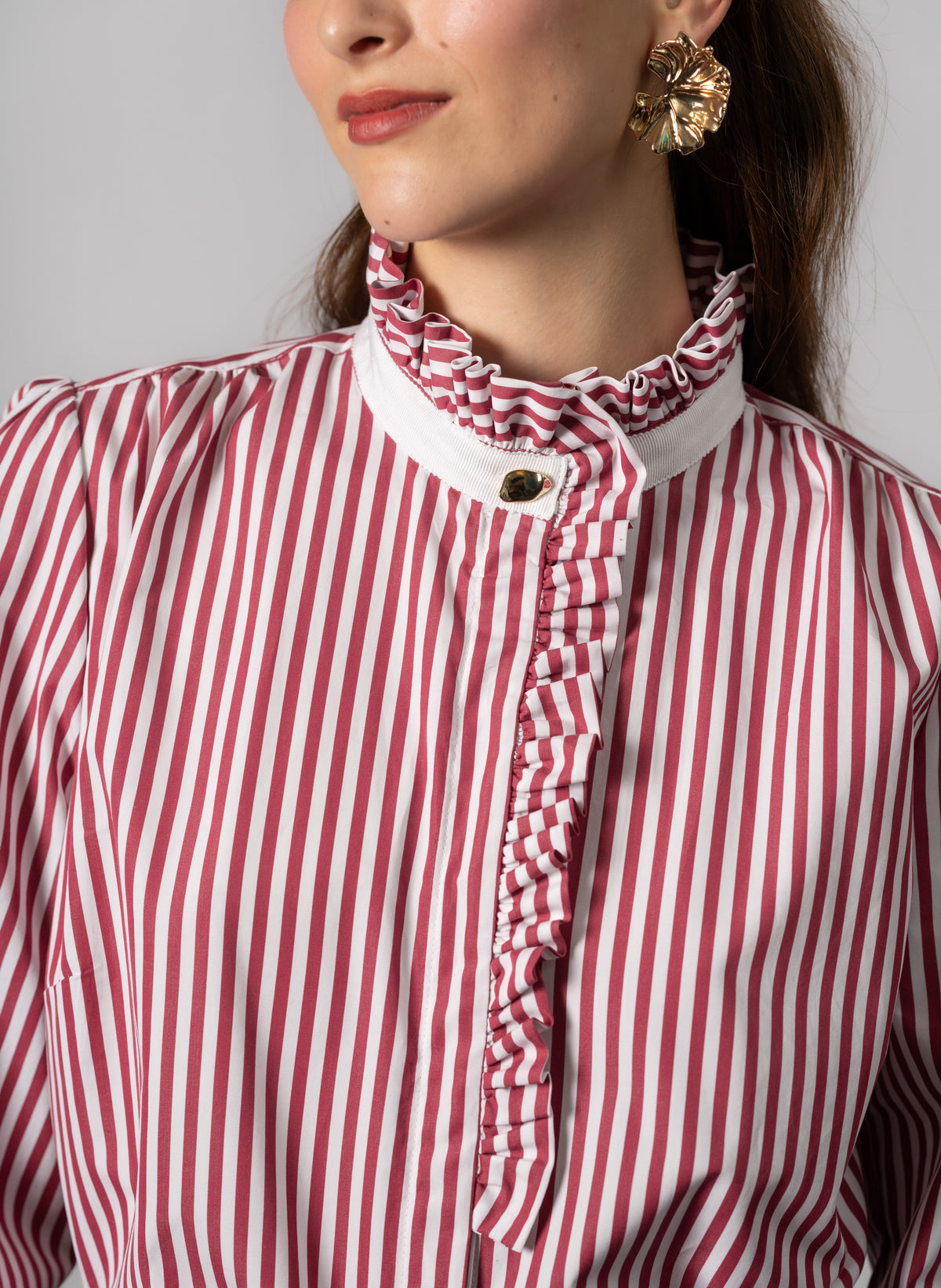Mending Your Clothes is Much More Than Making Do — It’s an Act of Care

Pulling our warm winter garments out of the cosy corners they’ve been sleeping out summer in is often accompanied by the discovery of forgotten wear and tear. While it’s tempting to be frustrated about our past selves' pledge to deal with these repairs “later,” mending clothes can also be an act of care — for both ourselves and the planet.

Hand sewing can be an act of care in more ways than one. Credit: Flickr/bpprice
One of the simplest ways we can be more eco-conscious in our fashion choices is to take better care of the pieces we already own and ensure they have a long and happy life. Of course, no matter how well we look after our most beloved items, even the most high quality clothing will eventually succumb to a snag on a door handle or become a bit threadbare.
While it’s easy to frame this as a negative, learning to mend our clothes ourselves and taking pride in the repairs can imbue our garments with a renewed sense of ownership.

An art piece around the art of mending by Lee Mingwei from the Liverpool Biennale in 2010. Credit: Flickr/Arthurjohnpicton
Revitalising old items can make them feel reborn and I personally feel the crackle of ‘new-clothes’ excitement for months after bringing a retired item back into circulation with a repair job I’m proud of. In this respect, not being a whizz with a needle can actually be an unexpected boon as the challenge and gratification is worth all the more!
Not only this, but repairing clothes can also help to sooth our minds which are often fizzling with the busyness of life 24/7. Using our hands to repair something is absorbing both the body and the mind simultaneously which can help us weave a sense of balance into our psyche with every stitch. According to Molly Martin, a textile repairer and illustrator writing for The Guardian:
“A recent study at Harvard Medical School discovered that repetitive hand-based actions, such as stitching, weaving and knitting, all create a measurable state of relaxation, slowing down the heart rate and lowering blood pressure.”

An artful example of mending on a shirt. Credit: Flickr.com/sherriwood
Setting aside some quality time to fix broken clothing can be immensely satisfying, both as a solitary pursuit or as a sewing circle with friends. Putting on a Youtube video and learning the basics of textile repair can be less daunting with a couple of pals to help you with any snags along the way and it provides a great community activity for the encroaching dark evenings.
While a repair can be invisible and mainly-functional, visible mending is becoming increasingly popular and helps to create a visual narrative around the lifeline of a garment. Reminiscent of Japanese Kintsugi — the repairing of broken ceramics with visible gold cracks — visible mending celebrates repair with pride as part of the history of an object, rather than something to disguise.

An example of Sashiko on a child’s sleeping mat from the 1800s. The stitches are decorative, but also functional; they hold the pieced cotton rags together. Credit: Wikicommons
Drawing wisdom from traditions which imbue recycling and mending with creativity such as Indian Kantha (a word which denotes both a type of textile made from scraps and a variety of decorative stitches to hold them together) and Japanese Sashiko — visible mending is perhaps a metaphor for our changing attitudes to mending.
By proudly celebrating the pattern of wear and beauty of stitches, artists such as Celia Pym contextualise mending in a positive way. Pym — who uses traditional darning techniques — explains:
“I see mending as a sort of quiet attentiveness, to people as well as garments. These are often people’s comfy clothes: they’re not immediately impressive but people are attached to them – so that’s the value in mending them.”

Some artful visible mending from artist Celia Pym. Credit: Instagram/celiapym
Directing some of this quiet attentiveness to our own clothes can honour the time we have spent in them and the momentous occasions they may have seen. Each stitch can become a meditation on a memory associated with the treasured garment we have deemed worthy of our time and undivided attention.
By cultivating this new attitude towards mending as a positive act, it really can become much more than just making do.










